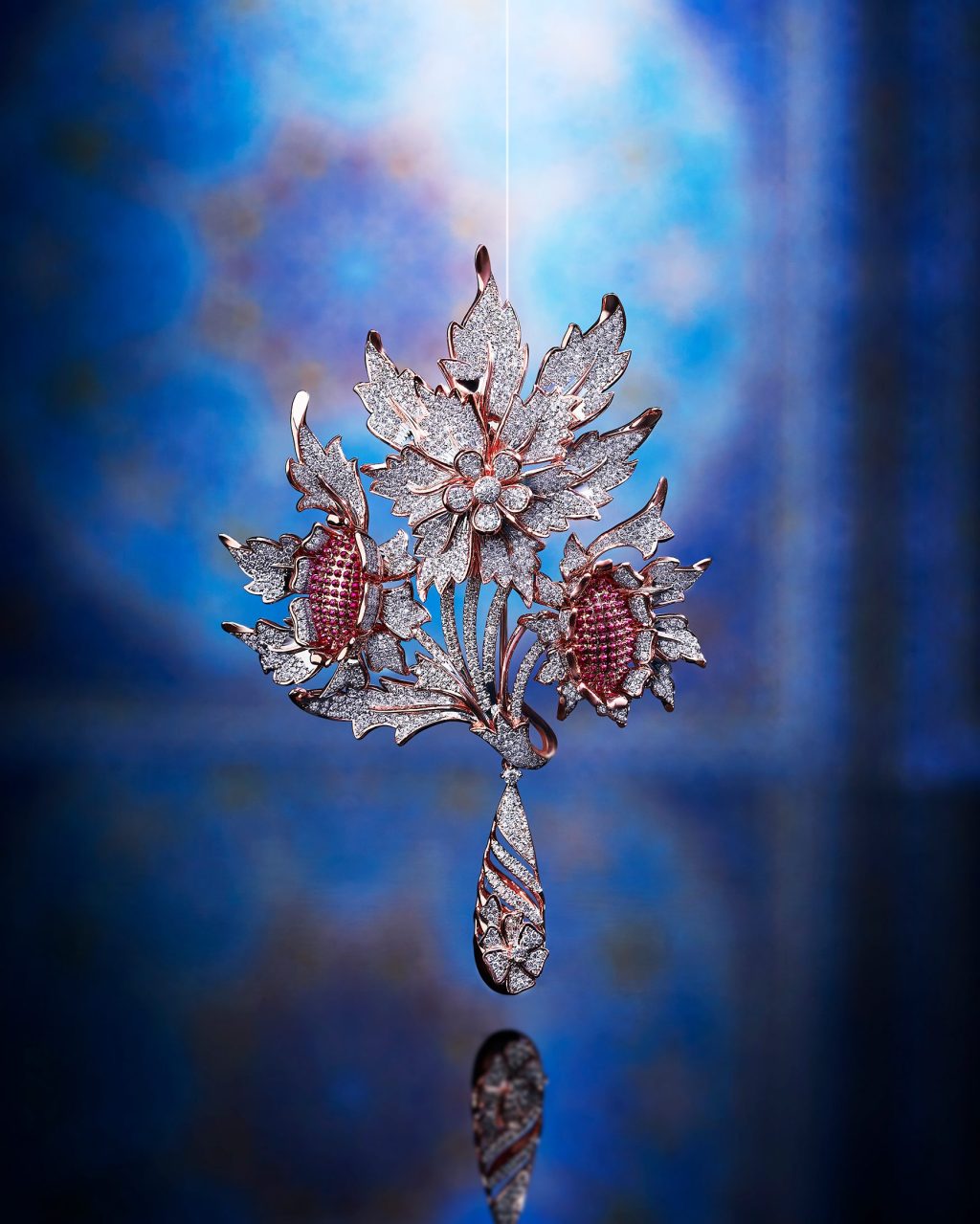Heart and Craft Of Diamonds: Amarendran Vummidi
Amarendran Vummidi of Vummidi Bangaru Jewellers (VBJ) decodes the masterful work of art that goes into creating exquisite natural diamond temple jewellery that truly befits the Gods
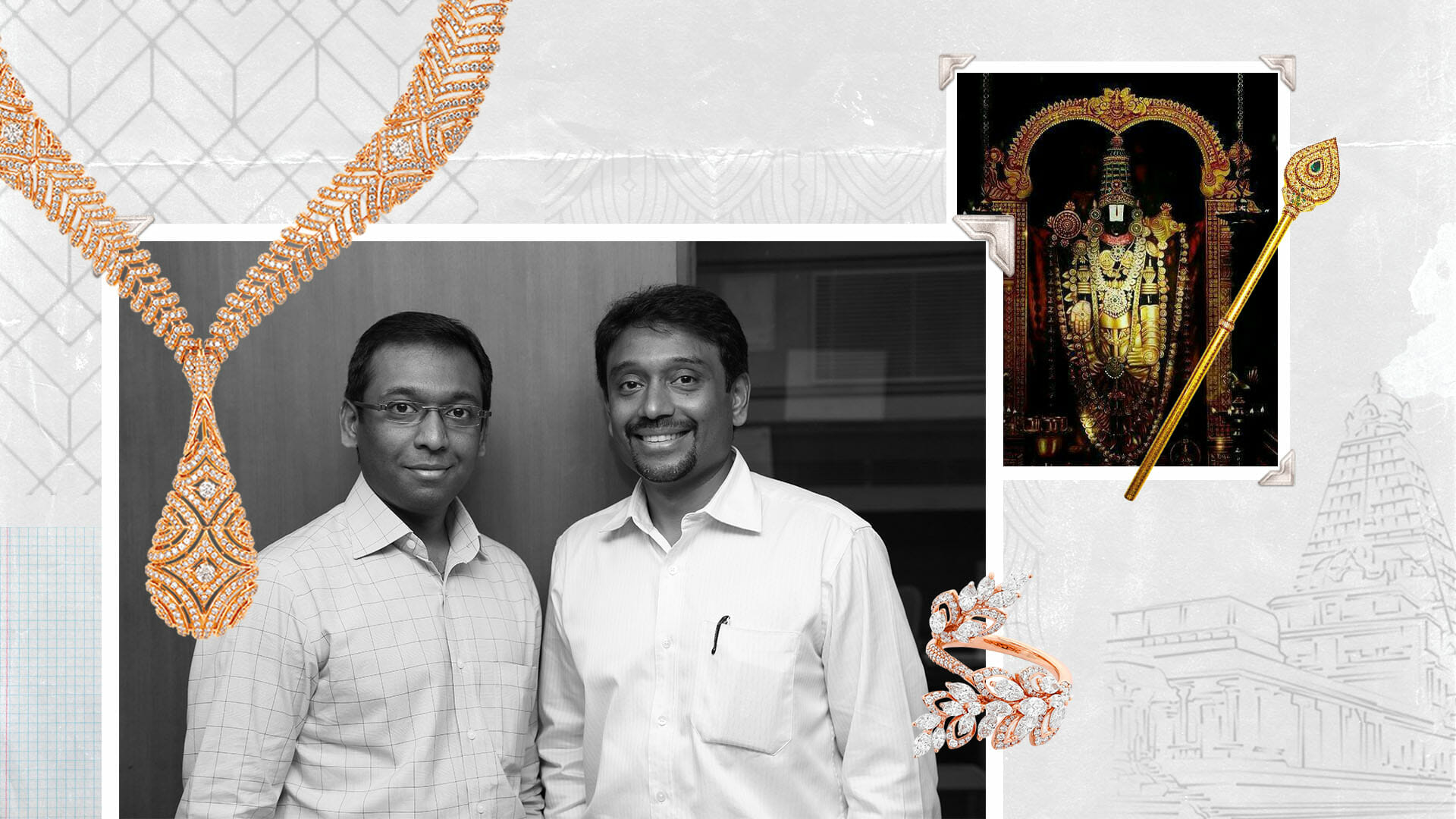
Chokers embossed with mythological depictions, gold-sculpted kavasams (ornate necklaces covering the chest) bedecked with shimmering natural diamonds, and kamarbandhs adorned with intricate filigree work that tell tales of India’s rich cultural history. Being a jewellery designer to the Gods is no easy task. For Amarendran Vummidi, the managing director of Vummidi Bangaru Jewellers (VBJ), a 120-year-old family business that manufactures, designs and retails natural diamond jewellery, creating temple jewellery was less of a choice, and more of a way of life. “I grew up to stories of my great grandfather who would handcraft gold accessories and carry them around in a box selling them at temples in Tamil Nadu. From there he went on to start VBJ in 1900 as a jeweller who created ornaments for temple deities,” recalls Amarendran.
Diamonds for the Divine
By the time he was 12, Amarendran was sitting with diamond experts and learning the tricks of the trade—from understanding the importance of various diamond cuts and shapes to watching them get encrusted into heavy ornaments in his backyard which also served as a temporary work shed. “Creating jewellery for temples is very challenging and calls for meticulous craftmanship,” he explains. “The Vedas are very strict about what precious metals can be used and what sort of depictions can be carved on the ornaments so the designing process can itself take up to two months,” he adds. Among some of their unique creations is the platinum sacred thread for Lord Balaji in Tirupati which has a stunning Brahmamudi or knot made of 30 carats of diamonds.
“For the Shiva Vishnu temple in Livermore, California, we created the idol’s Mukut (crown), weapons like Sangu-Chakram (disc) and earrings in almost 400 to 500 carats of natural diamonds which was a spectacular achievement for us.”
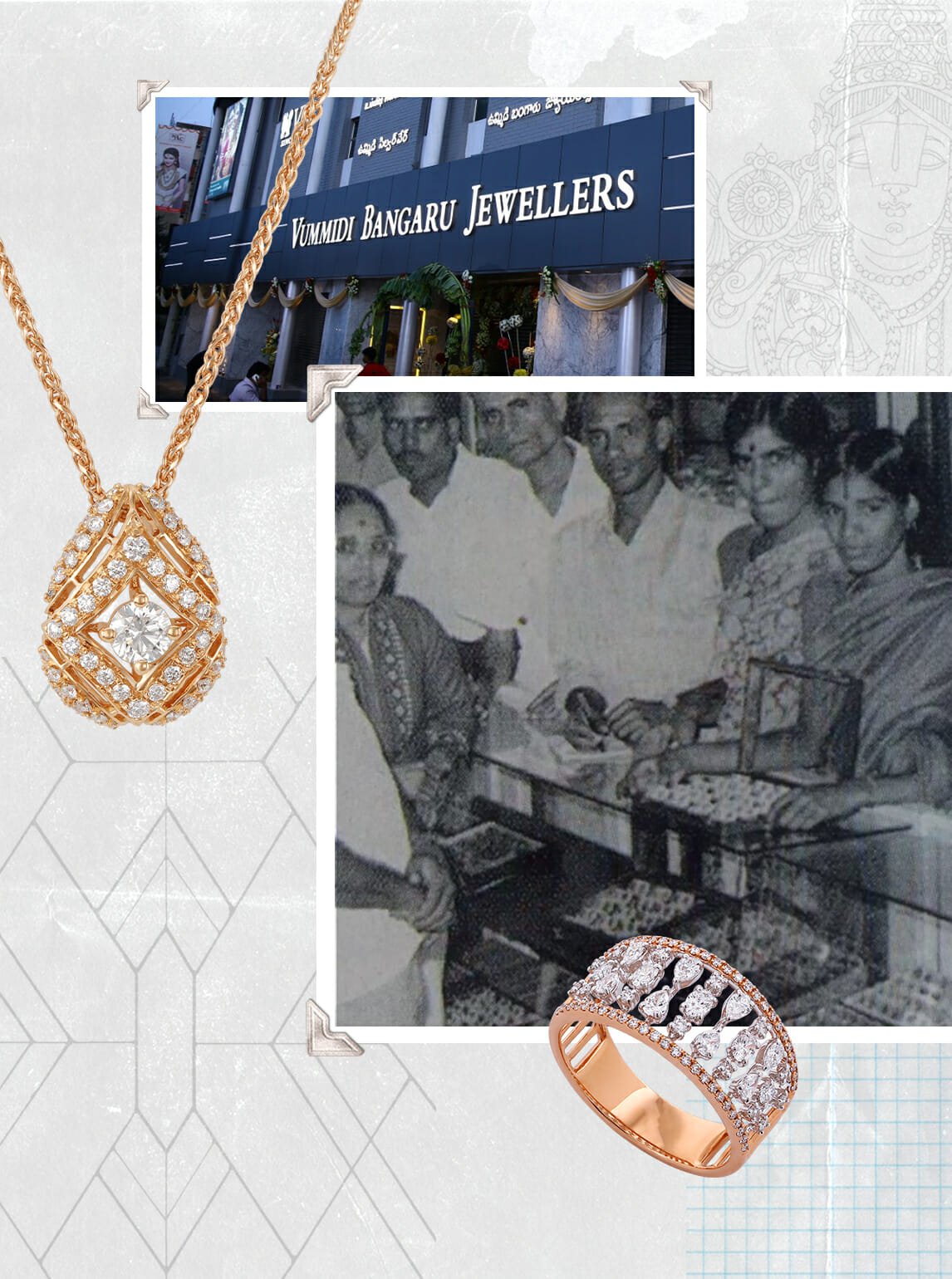
Story-Telling Through Jewellery
The concept of gorgeous temple jewellery that has flooded the fashion mise en scène, has its origins in the jewellery that was once offered to temple deities. “The artwork on these ornaments draw heavily from the architecture, sculptures and the carvings on temple pillars and doors. This makes our traditional jewellery a treasure troves of stories that speak of India’s rich cultural heritage,” he says. Indian motifs typically depict nature, through recurring elements like lotuses, trees, twigs, leaves, sun, stars, and swans have been precious gems encrusted on heavily beaten sheets of gold. “Magnificent architectural gems like Meenakshi Temple in Madurai, Srirangam in Trichy, Tirupati Balaji temple in Tirumala and the temples of Tanjore have left a deep impression in my mind in terms of design. I usually draw inspiration from their aesthetics when I create jewellery that needs to speak of India’s historical beauty,” shares Amarendran.
“Natural diamonds have always been a part of Indian culture. They have been an integral part of traditional jewellery for ages because they have this eternal charm. The more you observe a natural diamond ornament, the more fascinating it becomes with its myriad cuts and shapes”
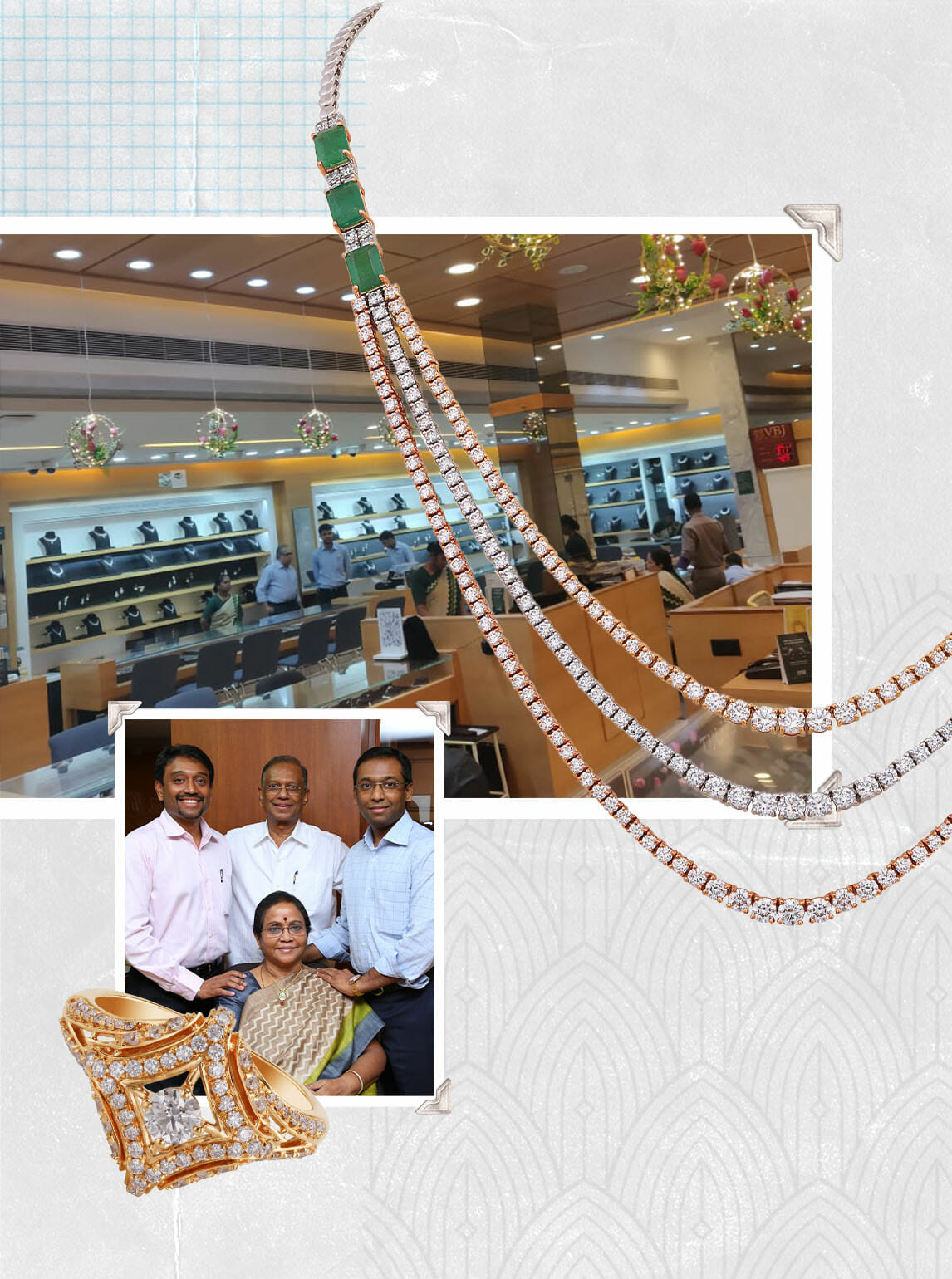
Shining Bright Over the Decades
Far from having lost its sheen over the years, temple jewellery has only become more popular with it adding a traditional touch to contemporary ensembles. From delicate diamond necklaces and rings for engagements to traditional chokers set in natural diamonds for the nuptials, diamonds have evolved into a must-have at auspicious occasions. “Earlier, wedding trousseau ornaments meant only heavy gold jewellery. Now almost every community, adds natural diamonds to their wedding jewellery,” he says. “It also speaks volumes of their evolved tastes and mindful spending,” he adds.
VBJ has custom designed jewellery for the Lakmé Fashion Week and several red-carpet events, including the Academy Awards, making a shift from the traditional jewellery they have been renowned for. “One of the biggest reasons we participate in such high-pressure events is to push ourselves out of our comfort space. We started a micro-setting team to create masterpieces for such competitions, and now we use micro-setting for all our diamond jewellery to give it that extra shimmer,” he says.
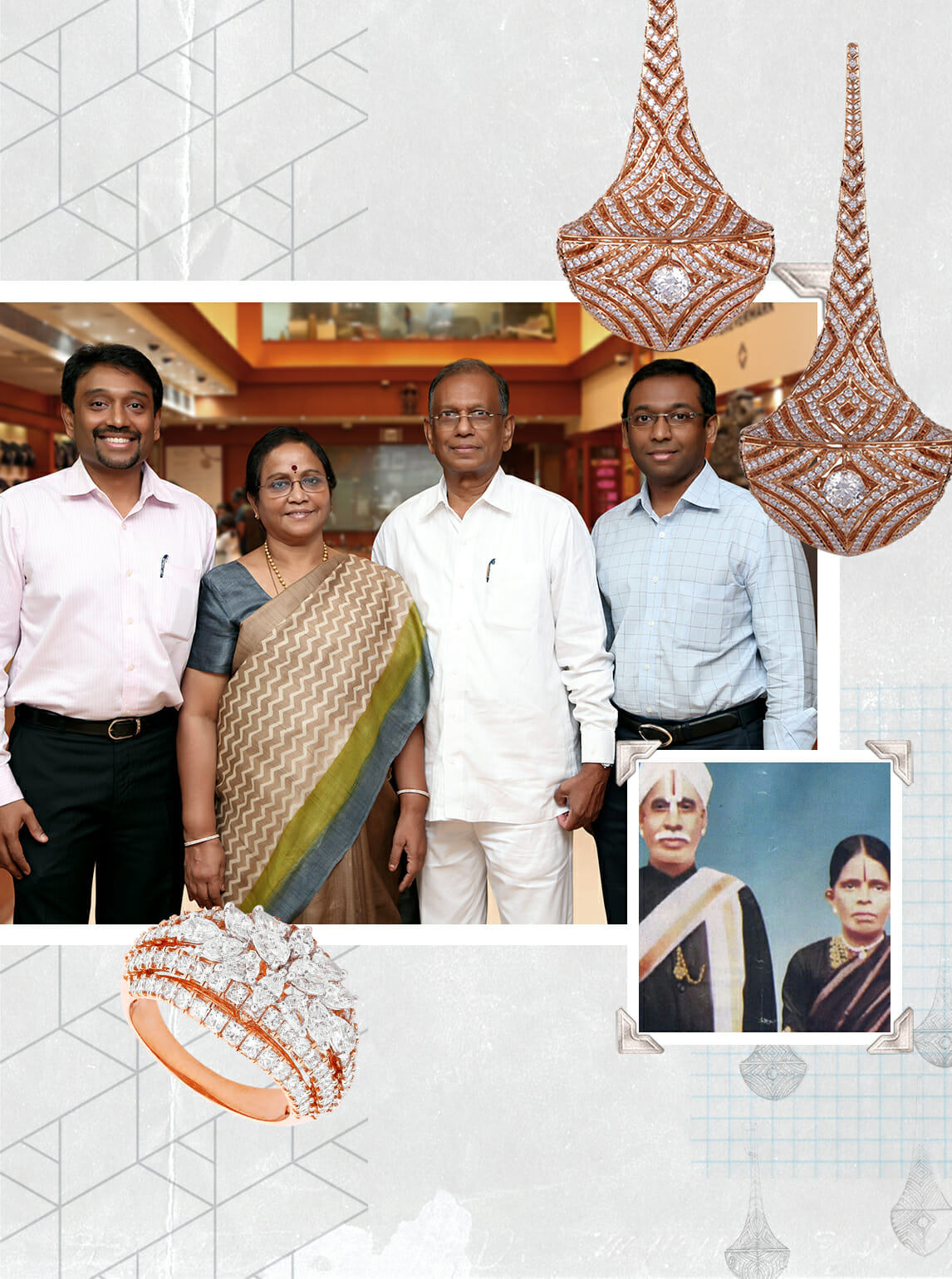
Diamonds and heirloom jewellery go hand-in-hand, believes Amarendran.
“Its rarity makes natural diamonds the perfect heirloom piece that never loses its charm.”
Most of my clients come in with heart-warming stories of their grandmother’s nose pins and grand aunt’s bangles which need re-setting. They evoke nostalgia like no other, and therefore, my mother has also carefully treasured the natural diamond jewellery sets that she has inherited from her ancestors so that this tradition of passing down memories stays alive,” he adds.
